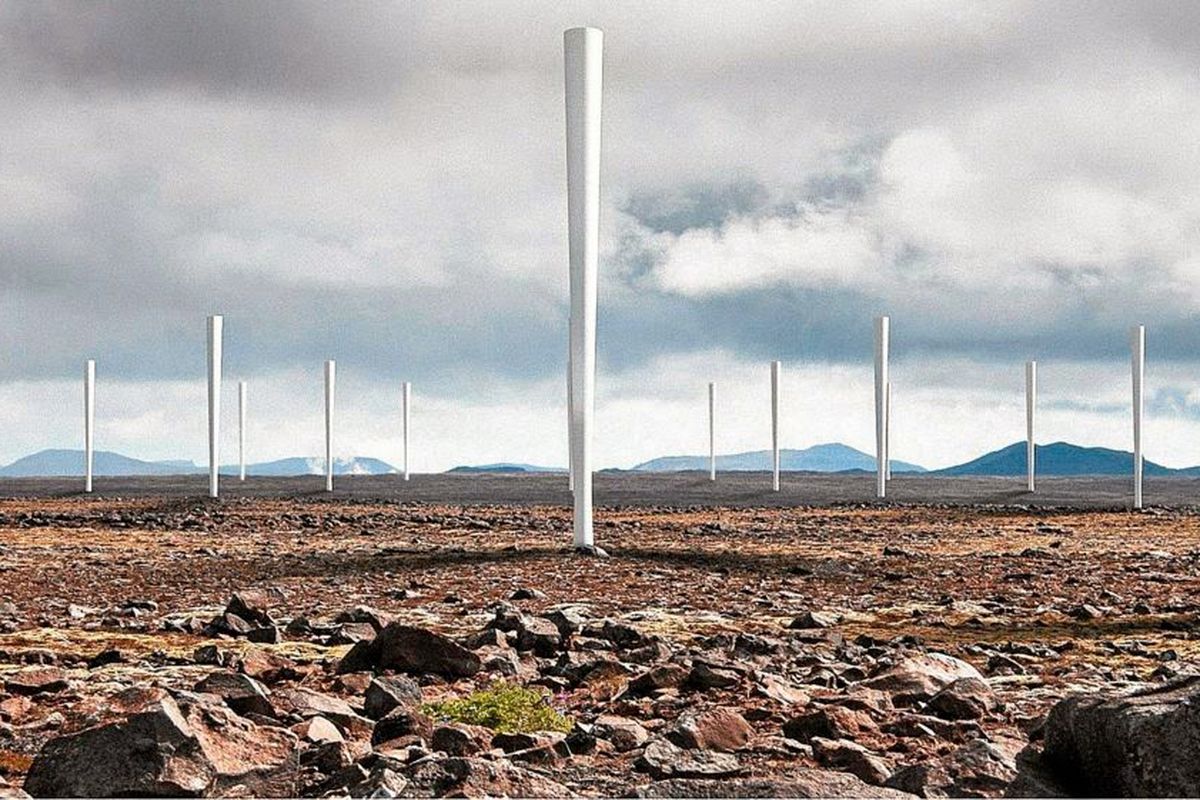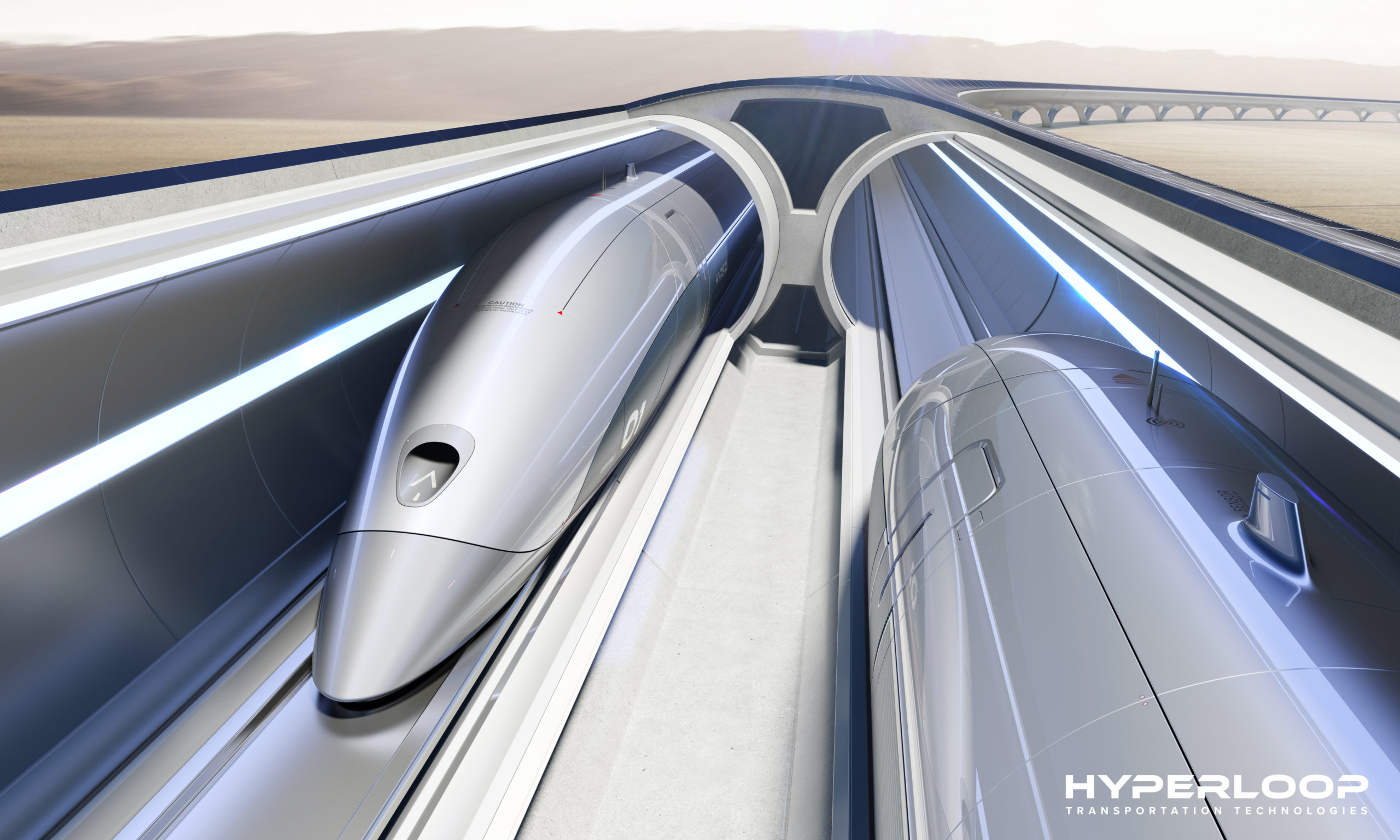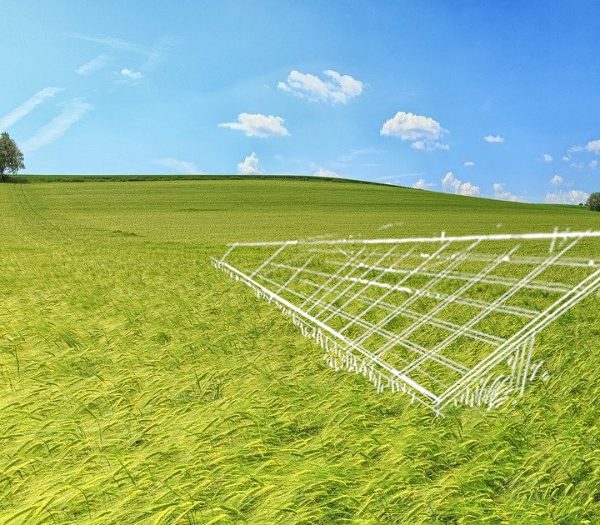Vortex Bladeless
The Vortex Bladeless is a new type of aerogenerator without the classic rotating blades, but rather exploits the oscillation of the entire system to convert wind energy in electrical energy.
The idea
The notion at the basis of this technology has the potential to revolutionize the wind energy field, therefore solving two of the main problems characterizing the classic turbines: environmental and visual impact.
The idea and the project belong to Vortex Bladeless Ltd, a Spanish technological startup, that drew inspiration from the collapse of the Tacoma bridge to develop this technology.
The bridge collapsed in 1940 due to the wind, that brought to the structure collapsing because of the aeroelastic instability caused by the flutter phenomenona and the von Karmàn vortices.
The Vortex Bladeless
The Vortex Bladeless (also named Vortex Tacoma) exploits rings of repellent magnets at the base of the upright that allow to extend the oscillation of the pole. This one oscillates due to the wind and the magnets push the pole in the opposite direction; the process continues with a costantly increasing width. The kinetic energy generated by the process is suitably converted by an alternator, that improves the efficiency increasing the oscillation frequency.


As to the materials, the prototype consists of a polymer reinforced by carbon fibers, which enables to reduce energy losses during the oscillation and to increase fatigue endurance.
The advantages of Vortex Bladeless
Among the main advantages of the Vortex Bladeless as against the classic turbines, we can acknowledge small manutention (it doesn’t have large gears or requires frequent oiling, unlike turbines), it needs light raw material and it reacts quickly to the wind changes. Indeed, its symmetrical structure makes it capable of the same efficiency, no matter in which direction is the wind blowing.
Power and comparison with 0ther technologies
The estimated nominal power of the Vortex Bladeless (2.75m) is of 100W once industrialized. Generally, it il less efficient than horizontal axis turbines of the same height, but many Vortex Bladeless can be installed in the same area, because they don’t take up as much space as the turbines.
The following chart shows an approach of outgoing power at different wind speed values for average HAWT andVAWT turbines, as well as an estimate for the future industrialized Vortex Tacoma turbines (height 2.75m).
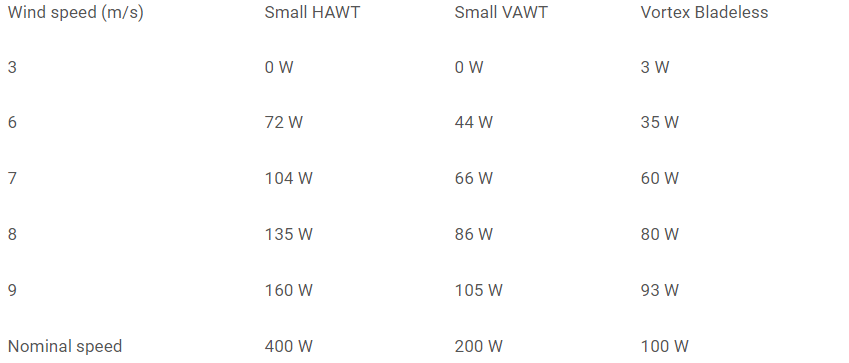

From this comparison we can notice that The Vortex Tacoma reaches full power sooner than the other turbines, and it’s then more suitable for applications at low wind regimes.
Conclusions
The Vortex Tacoma could certainly represent a valid alternative in the renewable technologies area and particularly in the exploitation of wind energy, however, being still just a prototype, actual efficiencies and reactions to different environmental elements and time wear can not be evaluated with certainty. According to the studies conducted by the Spanish company owning the patent for the project, Vortex would require low installation costs and considering the little maintenance needed, it could be possible to quickly amortize the capital spent.
Therefore, the Vortex would not be able to compete with the traditional wind farms in great installations, but it wuold be an excellent solution for houses and metropolitan cities.
For this use it could be combined with other renewable systems such as small photovoltaic panels, or work alongside like Smart Stoplights ( https://e-nsight.com/2018/07/10/i-semafori-smart-parte-1/) or the Smart Solar Street Lights (https://e-nsight.com/2018/05/04/le-nuove-luci-della-strada/), creating a new concept of a smart city, energetically self-sufficient and provided by low emissions energy.
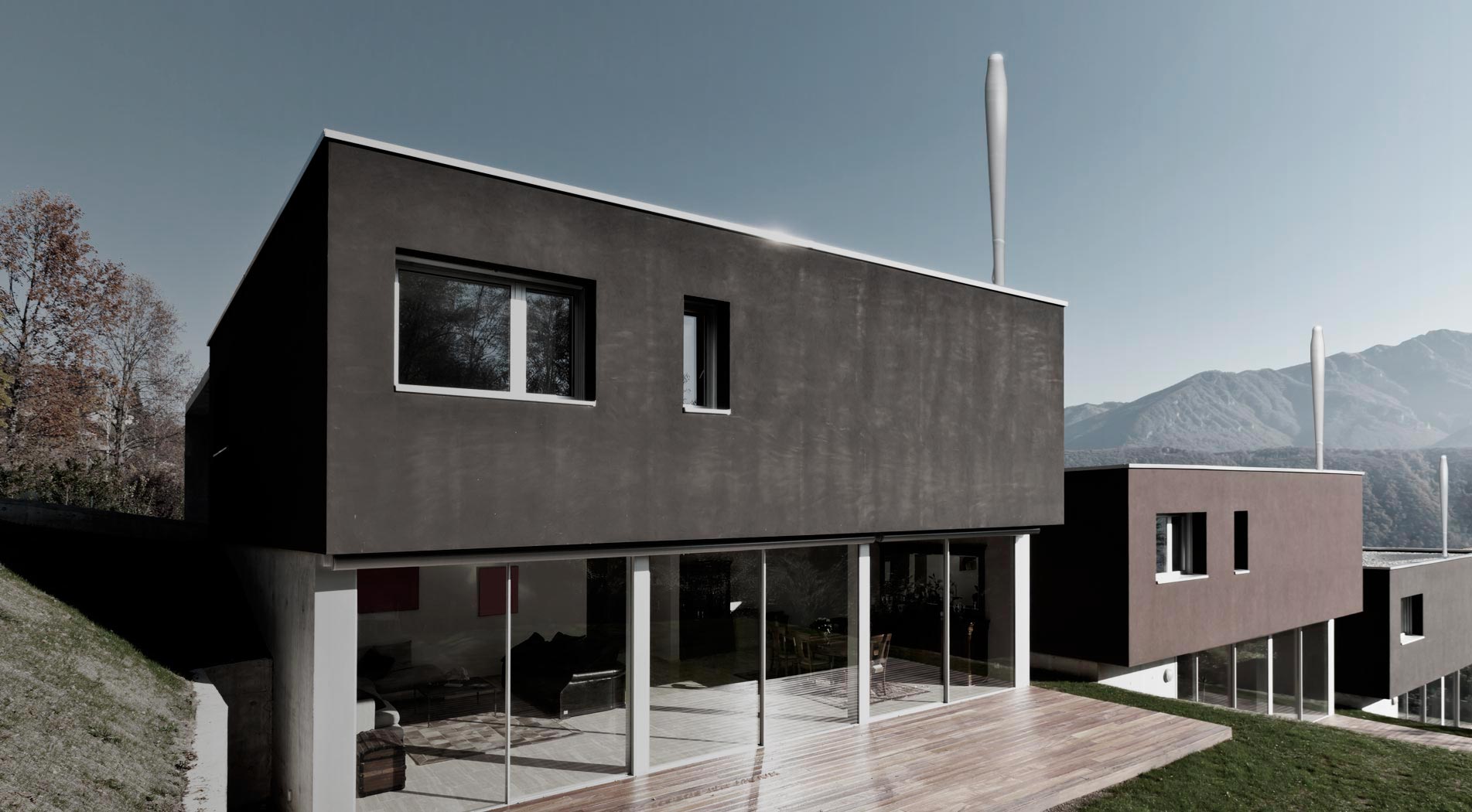

To know more about the functioning of wind turbines, we suggest that you read our other articles about this topic:
Sources:

